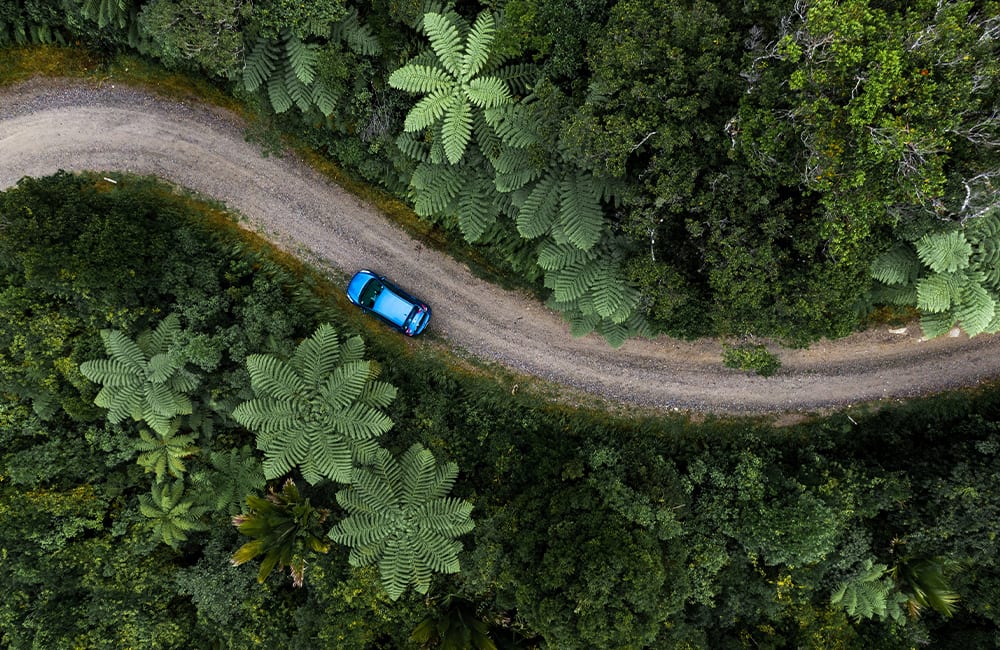Keeping you in the loop about ‘closing the loop’ for a circular economy

A ‘circular economy’, in our opinion, is the ideal model for an environmental solution where the absolute LAST option for waste disposal is landfill. For a model to be ‘circular’ it needs to be a continuous loop and in New Zealand there are plenty of gaps in the loop that are preventing us from achieving the ultimate goal of eliminating waste.
Did you know that New Zealand has one of the highest waste production levels per capita in the developed world? And that rubbish disposed to New Zealand municipal landfills increased by a staggering 48 percent in the past ten years?
Shocking as it is, the gaps in the model have been identified and therefore the power to close the loop towards a well-functioning circular economy lies within New Zealand’s fingertips. We are delighted with the recent Government announcements about initiatives to prevent valuable resources from being thrown away. Below we have endeavoured to ‘keep you in the loop’ by providing some highlights on the latest developments.
Government war on waste – how action has been stepped up
“We need large scale and urgent action because much of what is currently sent to New Zealand landfills could be recycled, composted or reused” commented Associate Minister for the Environment, Eugenie Sage, as reported on the Beehive website – a good source for more information about the initiatives below if you are interested.
Funding of recycling infrastructure
A $124 million investment by the Government has been poured into a number of initiatives across the country as part of the Covid-19 Response and Recovery Fund (CRRF) infrastructure focus, announced on 1 July. It includes plastic recycling plants and community resource recovery facilities and will create hundreds of permanent jobs across New Zealand.
Increase and expansion of levy scheme
Not only will the levy rate for landfills that take household waste increase (from the current $10 per tonne to $60 per tonne over four years), the waste levy will be expanded to cover additional landfill types, including construction and demolition fills. Related initiatives include better data collection and analysis about waste as well as using the additional revenue from the waste levy to invest in initiatives that support waste reduction.
This is just the beginning of the urgent action to be taken on diverting waste from landfill. There are also 51 recommendations from “Rethinking Plastics in Aotearoa New Zealand“ (a report released in 2009 by the Office of the Prime Minister’s Chief Science Advisor) that the Government is underway with creating action plans on, including the following:
- Improve product labelling
- Replace plastics 3, 4, 6 and 7 with the more recyclable plastics 1, 2 and 5
- Promote clear plastics and consider alternatives for branding containers (especially shrink-wrapped sleeves) made from plastics 1 and 2
- Councils investigate collecting plastic 5 as it can be recycled onshore
- Develop ways to incentivise recycling and behaviour change
Bonson’s approach to sustainability
We are very pleased with the Government’s initiative to phase out problematic plastics and invest in onshore recycling infrastructure because it will help close some of the current gaps and complete the circular economy loop. Consumers will have the Government’s support and guidance to ensure that once they have finished with products like those Bonson produces, they will be cared for in the right way.
We design our products with sustainability in mind and you can read our thoughts on sustainability on our website. There are, however, five main points we’d like to emphasise in this article:
- We give our customers choice – providing packaging options that are reusable, recyclable, compostable or biodegradable
- Our goal is to support our customers own sustainability commitments – ‘honouring our customers’ greatest potential is what serves our own’is how we look at it
- We facilitate informed decisions – empowering our customers to make choices by providing clear information about materials and origins
- We aim to educate – we appreciate that the packaging industry can be full of jargon, codes and acronyms. We aim to communicate in plain language to increase knowledge about packaging amongst customers and consumers
- We commit to being transparent – we will not be part of the greenwashing movement – they often lead people to believe something can be composted in a household garden or recycled when it can’t be

